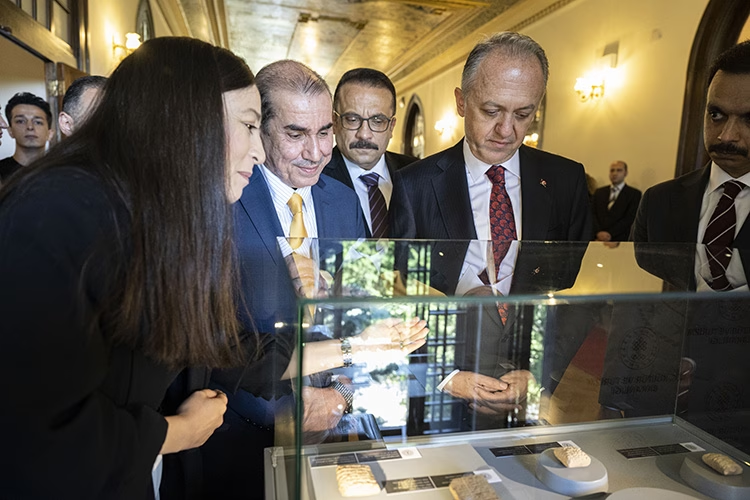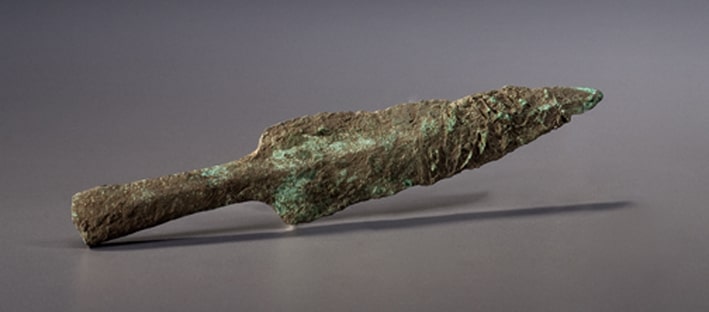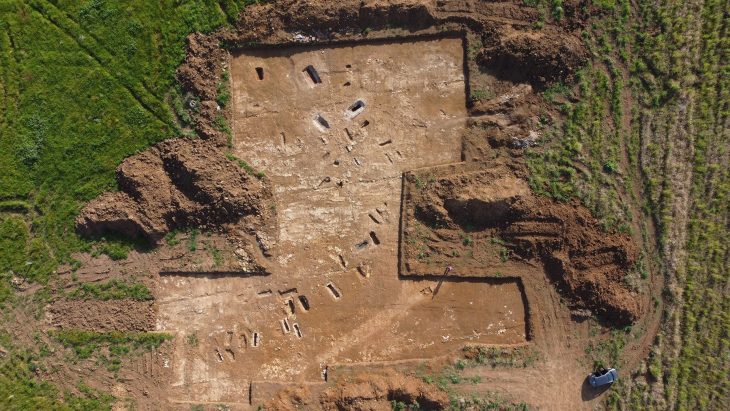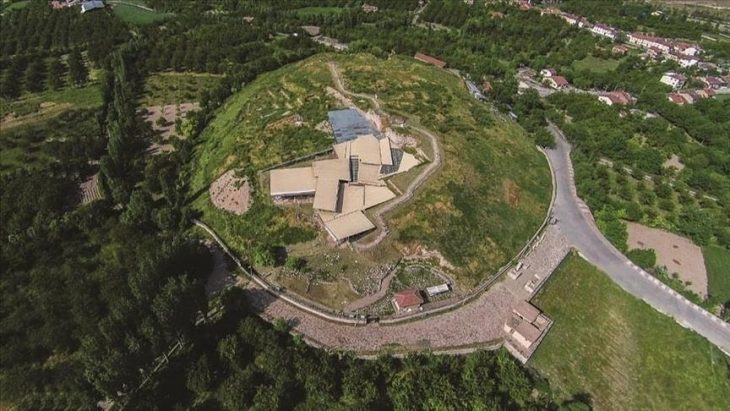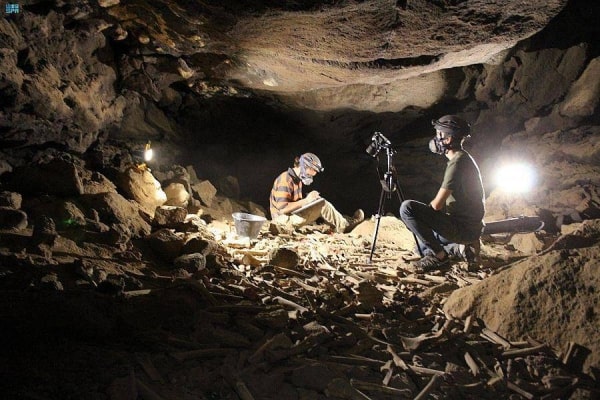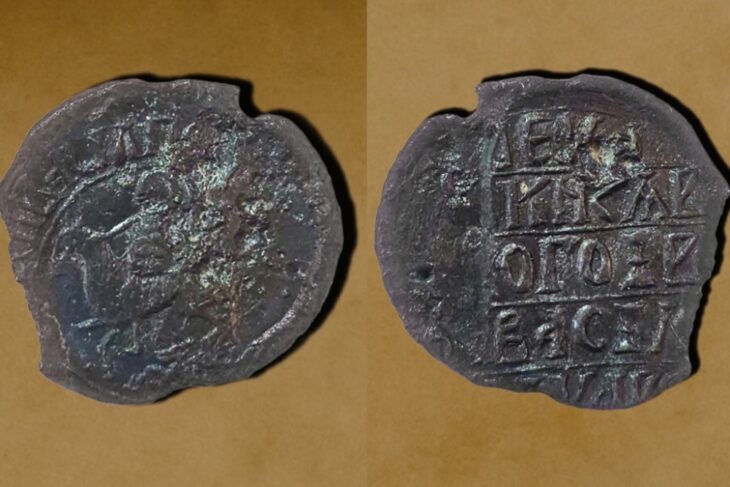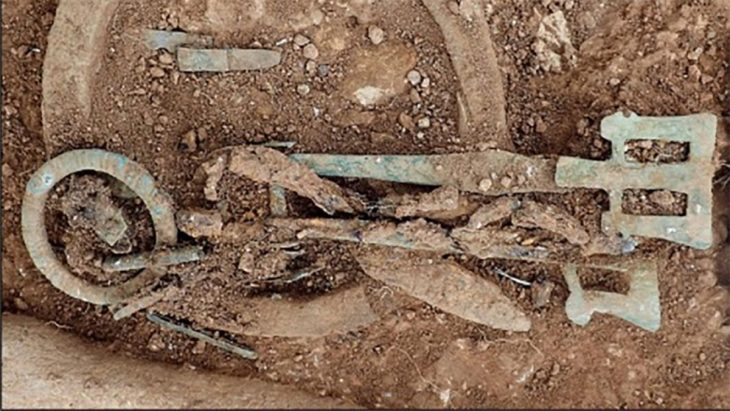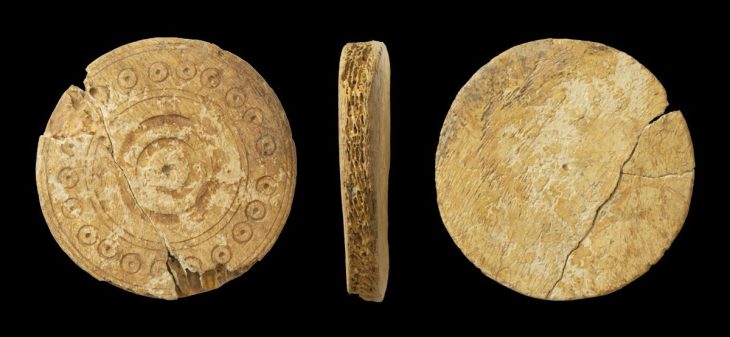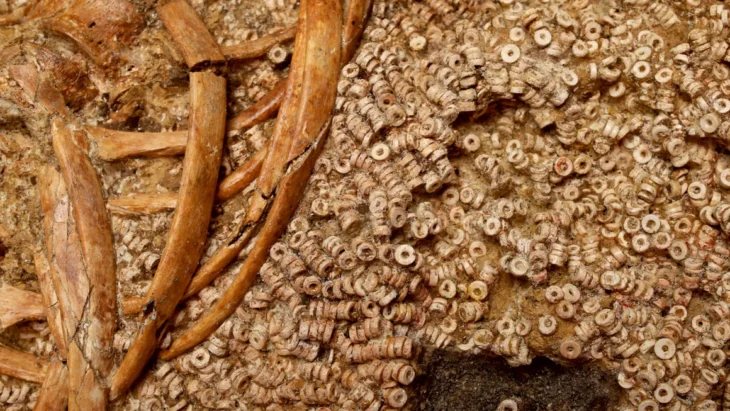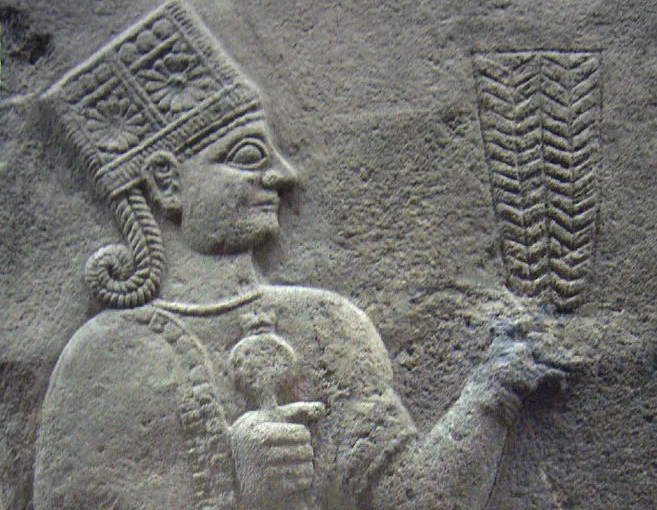Türkiye has made a significant contribution to cultural diplomacy and historical justice by returning six ancient cuneiform clay tablets to Iraq. These invaluable artifacts, dating back over 6,000 years and originating from the Ur III, Old Akkadian, and Old Babylonian periods, offer unique insights into the economic, administrative, and religious life of ancient Mesopotamia.
The official handover ceremony took place at the Republic Museum in Ankara, attended by Türkiye’s Deputy Minister of Culture and Tourism, Gökhan Yazgı, and Iraq’s Ambassador to Türkiye, Majid Abdulreda Hassan Al-Lachmawi, symbolizing the deepening cooperation between the two neighboring nations.
Preserving the Heritage of Ancient Civilizations
Scientific analysis conducted by experts at the Istanbul Archaeology Museum confirmed the tablets’ Iraqi provenance. These artifacts, made of baked clay inscribed with early writing, contain a variety of records, including lists of priests from the Ur III period, livestock payment accounts from the Old Akkadian era, and administrative documents from the reign of King Ibbi-Sin.
“These tablets are not just relics of the past,” emphasized Deputy Minister Yazgı, “but invaluable cultural and scientific resources that shed light on humanity’s earliest civilizations. Turkey remains committed to safeguarding the cultural heritage of all nations.”
Prof. Dr. Selim Ferruh Adalı led the historical and linguistic analysis, confirming the tablets’ authenticity and cultural significance.
📣 Our WhatsApp channel is now LIVE! Stay up-to-date with the latest news and updates, just click here to follow us on WhatsApp and never miss a thing!!
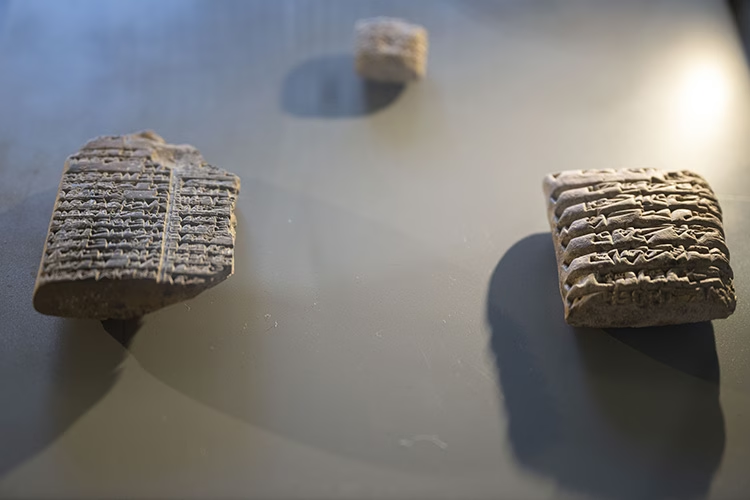
A Growing Legacy of Cultural Repatriation
Since 2010, Turkey has repatriated 97 cultural artifacts to Iraq, acting in full compliance with international agreements such as UNESCO’s 1970 Convention on the Means of Prohibiting and Preventing the Illicit Import, Export and Transfer of Ownership of Cultural Property, as well as United Nations Security Council resolutions addressing cultural heritage protection.
“Today’s repatriation reflects Türkiye’s dedication to international law and cultural responsibility,” Yazgı noted, highlighting that the tablets were voluntarily returned by a private citizen—a testament to rising public awareness regarding cultural preservation.
Strengthening Iraq-Turkey Relations through Cultural Cooperation
Ambassador Al-Lachmawi expressed profound gratitude for Türkiye’s cooperation, stating, “The return of these precious artifacts enriches Iraq’s historical legacy and stands as a powerful symbol of friendship and mutual respect between our countries.”
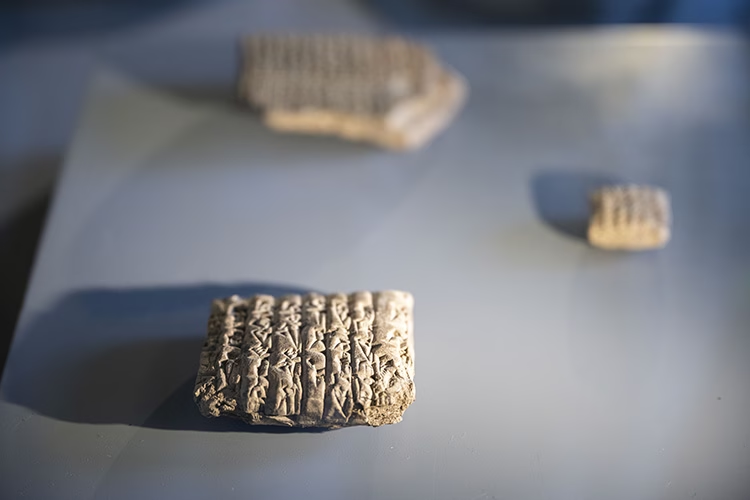
Turkey’s Leading Role in Protecting Cultural Heritage
Under the leadership of cultural authorities and institutions like the Istanbul Archaeology Museum, Türkiye continues to combat illegal trafficking and foster international partnerships aimed at preserving humanity’s shared history. The repatriation of these 6,000-year-old tablets represents a concrete achievement in cultural diplomacy and the pursuit of historical justice.
Cover Image Credit: Deputy Minister Gökhan Yazgı and Iraqi Ambassador Al-Lachmawi at the handover ceremony in Ankara’s Republic Museum. AA

